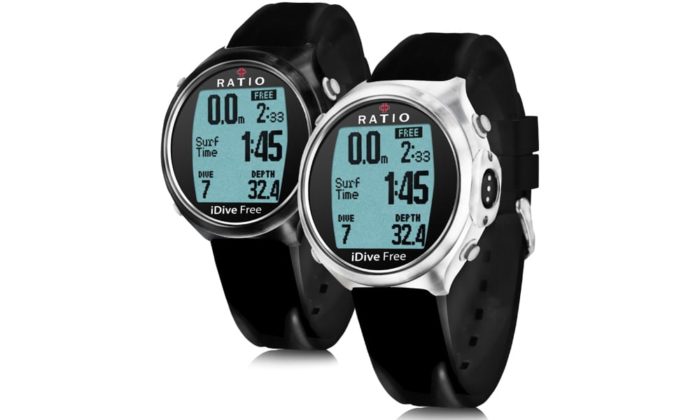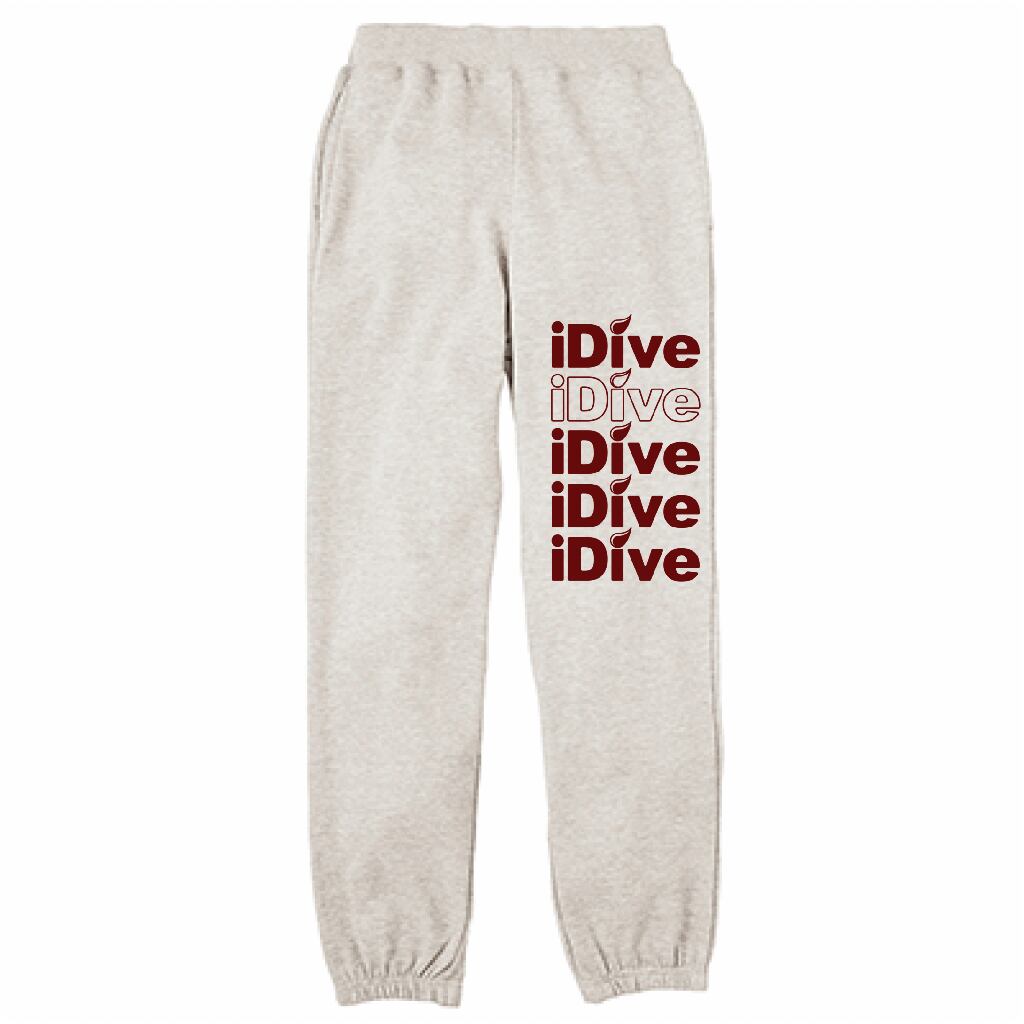
Volume levels were easily loud enough-the amplified speakers did that job with ease. To be fair, reproducing sound accurately underwater is very difficult, especially at the lower frequencies, so the iDive did an acceptable job, in my opinion. I had the speakers clipped to my mask, resting over my ears I imagine that had I been wearing a dive hood with the headphones tucked inside, the sound might have been better. The sound from the headphones is adequate, if not of the highest quality-I found the sound somewhat tinny, with bass response lacking. After testing the case at home to make sure it was watertight, I set out on the trip, still with a good deal of trepidation over immersing my iPhone 3G in the open ocean! How well does the iDive work in the real world? A recent short trip to Cabo san Lucas gave me the opportunity to use the iDive on a real dive, using my iPhone 3G as the audio and video source. In other words, the iDive is more like an iPod speaker system in a waterproof enclosure than a simple waterproof case (which partly explains its higher price). You control your player using buttons-for volume, playback, and menu navigation-on the side of the iDive, which communicates with your iPod or iPhone through the dock-connector port. Inside the iDive, you’ll find a circuit board, a dock-connector plug, and space for three AA batteries (for powering the case’s circuitry and headphones). How does the iDive 300 let you use the touchscreen on an iPod touch or iPhone, or the Click Wheel on an iPod, through the thick plastic required to withstand the incredible pressures at such depths? It doesn’t. The iDive 300’s amplified, outside-the-ear headphones-actually small speakers-are permanently connected and can be either clipped to the sides of your mask or tucked inside a dive hood. Your iPod or iPhone fits snugly inside the case using several included spacers and trim pieces. Specifically, the iDive protects your player down to an incredible depth of 300 feet-recreational divers are limited to 120 feet, and most “waterproof” iPod cases we’ve tested work only to 10 feet or so. The iDive 300 lets you use your iPhone or iPod underwater to watch video and listen to audio (you can’t run apps or use the phone). Sounds like a recipe for hours of boredom, doesn’t it?

You can’t read a book or magazine, for obvious reasons, and taking a nap isn’t a good idea, either, as you need to maintain your depth and be awake to monitor your equipment. But if I had 90 minutes or more to wait before surfacing, the surroundings would quickly turn monotonous. I can easily pass those minutes by just looking around at the undersea environment. For example, the US Navy’s dive tables show that a diver spending 60 minutes at a depth of 130 feet must make four decompression stops totaling nearly 90 minutes before surfacing!Īs a recreational diver, I don’t have anywhere near such requirements-just a three minute “safety stop” at 15 feet of depth.

As a result, they build up lots of inert gases in their bloodstream, and these gases need to be purged before surfacing so as to avoidĭecompression sickness.
#Idive houston professional
For those who don’t know, professional divers tend to dive much deeper, and for much longer, than do recreational divers such as myself. With over 180 logged dives, Alyne is currently working to obtain her Divemaster certification with expectation to complete it by Spring 2023.If you’re a professional scuba diver, there’s probably one aspect of your career that you really dislike: the interminable decompression stops.

Alyne was open-water PADI certified in May 2021 and continued to acquire advanced and specialized diving certifications. She realized then that this newly discovered adventure would provide her with endless possibilities for exploration and learning opportunities. The sun rays were reflecting, and the lighting was just right for what seemed like such great visibility for New England diving. Her newfound passion for SCUBA diving was solidified during her very first time diving in open-water when she saw the tiniest snail on a blade of seagrass swaying back and forth with the current. Never mind the fact that she was in her very first pool session, only four feet deep, and in an indoor pool working to become a certified SCUBA diver.


 0 kommentar(er)
0 kommentar(er)
